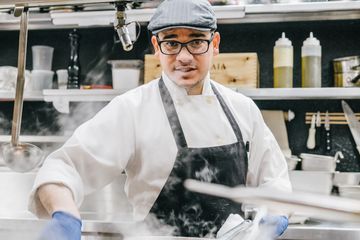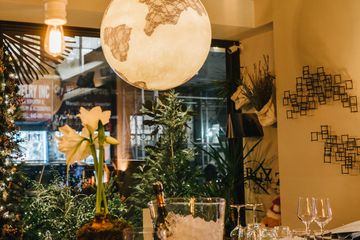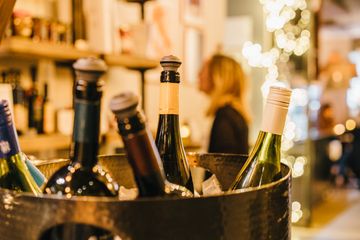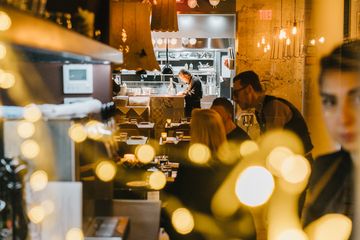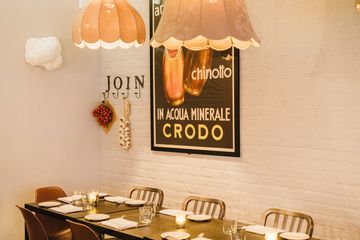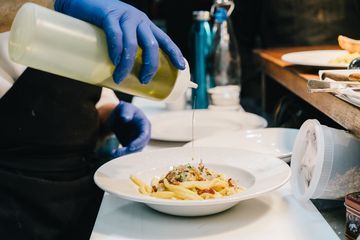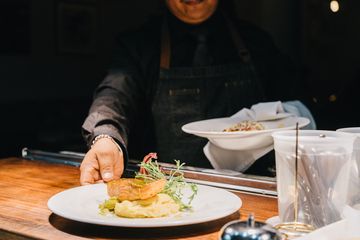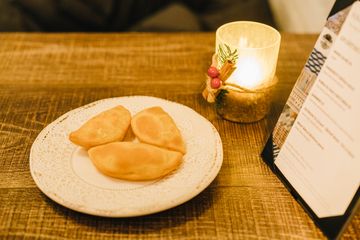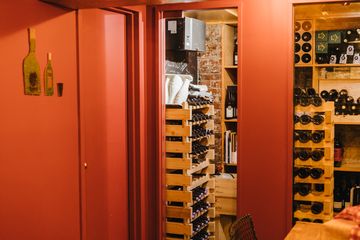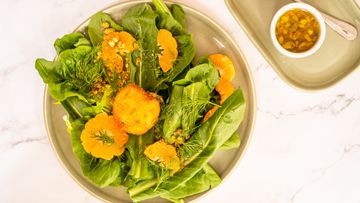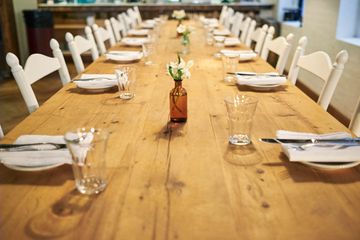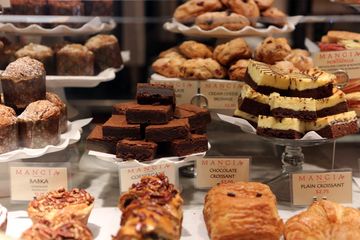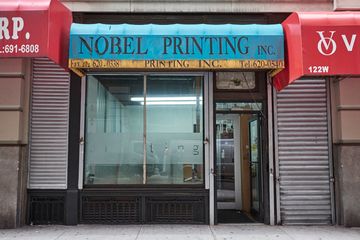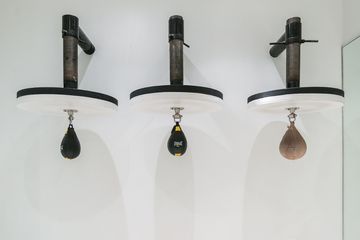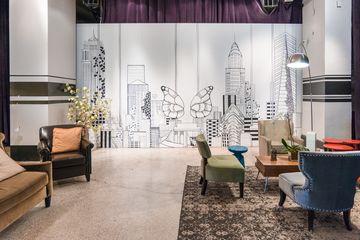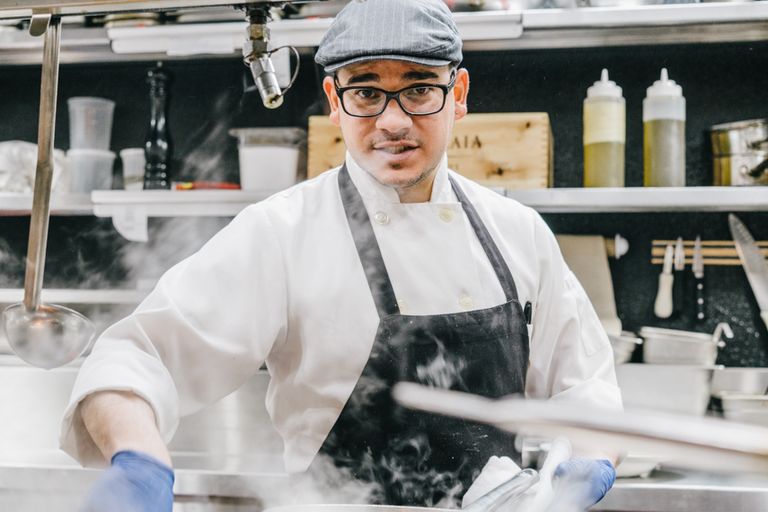
“New York is full of a lot of Italian sounding restaurants, but what they do in the kitchen, in the dining room, it’s not true Italian,” Guiseppina Torno, owner of Cardoncello DiVino shared with Manhattan Sideways during our first encounter. “Real Italian food is tasty but it’s healthy. For example we don’t use any butter, only true Italian cooking.”
Besides its modern take on, and dedication to truly authentic Italian cuisine, their emphatic focus on hospitality sets the restaurant apart from so many others in New York. Our team felt it from the moment we walked in and were greeted with an outpouring of warmth, charisma, and genuine concern for our comfort and experience. This dose of Italian hospitality came in the form of Restaurant Manager and Sommelier, Christian Ferrulli - or what Guieseppina calls “the soul of the place.”
Christian protested at first but then stated passionately, “That’s what we try to do here - to meet people and let them know they have a space where they can come and feel comfortable. It’s not just serving plates of food or taking empty plates back to the kitchen - its about making people feel they’re having a unique experience. We work to make sure everyone is happy before they leave our restaurant."
Though the only reason we could see for a customer leaving unhappy, would be their having an uncommon aversion to the Cardoncello mushroom - the edible fungus that is surrounded by myth and legend and was once banned by the pope. The Cardoncello mushroom inspired the restaurant’s name and takes center stage on the menu.
“We wanted to create something that’s a totally different experience from the other places. This is why we are called a modern Osteria. Of course we have our Italian roots, but we offer these special dishes that we do in a modern way. For example if you go to Italy right now, you’ll find a lot of what you’re eating here. But you will never find Fettuccine Alfredo, Chicken Parmigiano, these kinds of dishes are no longer in Italy - they are from our ancient great great grand parents.” Guiseppina explained. She is a true native and resident of Italy right up until bringing her restaurant concept to New York.
However, Guiseppina was not always in the restaurant business. After a twenty-four year career in investment banking in Italy, it was a visit to Christian’s restaurant, while they both still lived in Italy, that made her think, “Wow, it would be nice to have a place exactly like this, but in a little bigger city. I always thought Manhattan was a big challenge and I wanted to take that challenge.”
A challenge that would multiply and shift and present others hurdles throughout the grueling process that can be opening a restaurant in New York. But no challenge was too great. Overcoming all obstacles, the pair have created an oasis in the city. Christian beams, “When people say they felt like they were at home - not only Italians but Americans too - that’s what makes me so proud. We want to make people feel at home.”
